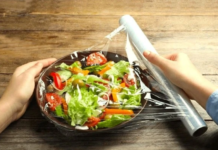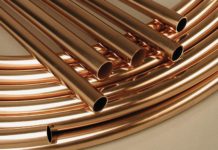As the hot summer days approach, it’s time to pay attention to our trusty household cooling appliances, including the often-overlooked refrigerator. While it may not be the first thing that comes to mind when thinking about beating the heat, it certainly plays a significant role in keeping us comfortable and our food fresh during the sweltering season.
Refrigerators are known to be one of the most energy-consuming appliances in the home, running continuously throughout the day. But don’t fret! There are simple ways to reduce your fridge’s energy consumption, and we’re here to share one such method recommended by the Vietnam Electricity Corporation (EVN) themselves.
A Bowl of Water to the Rescue:
According to EVN, placing a bowl of water on the freezer shelf overnight can work wonders. It may seem like a strange suggestion, but there’s science behind it. Simply fill a bowl with clean water and place it on the top shelf of your freezer. The size of the bowl can vary, but it’s important not to go too small, as you want the water to have a significant impact.
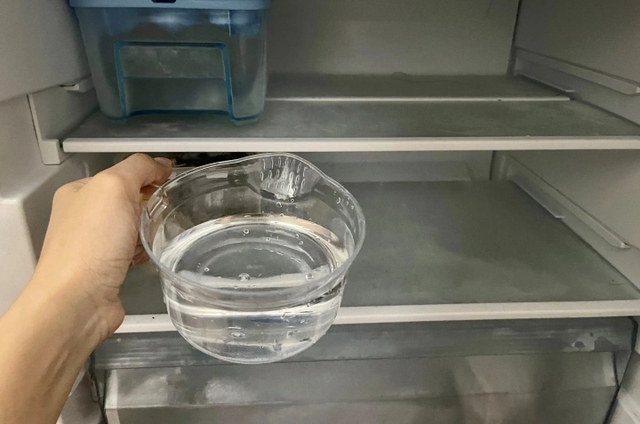
Illustration
Once the water is frozen, transfer the bowl to the refrigerator compartment. The experts at EVN explain that freezing the water overnight helps save energy compared to doing it during the day. As the ice melts, it will keep the refrigerator cool, reducing the need for the appliance to work as hard to maintain the desired temperature. Additionally, the moisture released will help keep your produce fresh and crisp for longer.

EVN Image
Many users have attested to the effectiveness of this trick, and it’s a great way to save energy and money on your utility bills. Just remember to use a stainless steel or high-quality plastic bowl to avoid any potential breakage due to temperature differences between the freezer and refrigerator compartments.
Other Energy-Saving Tips for Your Fridge:
In addition to the water bowl trick, EVN offers the following advice to further reduce your refrigerator’s energy consumption, especially during the peak summer months:
1. Optimal Fridge Placement:
Ensure your refrigerator is positioned away from walls and other heat-emitting appliances. A gap of at least 15-20cm is ideal, as it allows for proper ventilation and helps the appliance run more efficiently, reducing energy consumption and prolonging its lifespan.
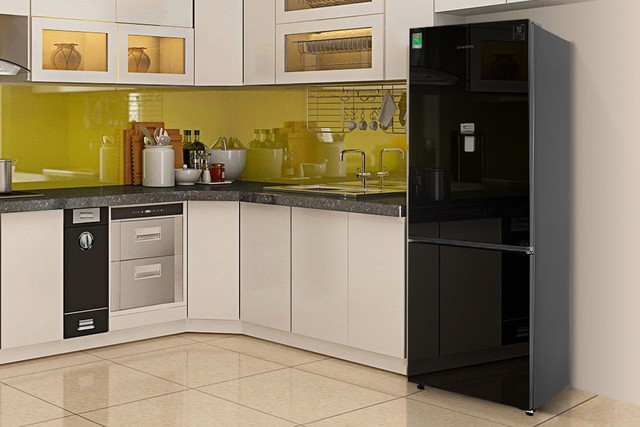
Illustration
2. Check the Door Seals:
The door seals, or gaskets, play a crucial role in keeping the cold air inside your fridge. Over time, these seals can wear out or become loose, allowing cold air to escape. Regularly inspect the seals and replace them if necessary to prevent energy wastage.
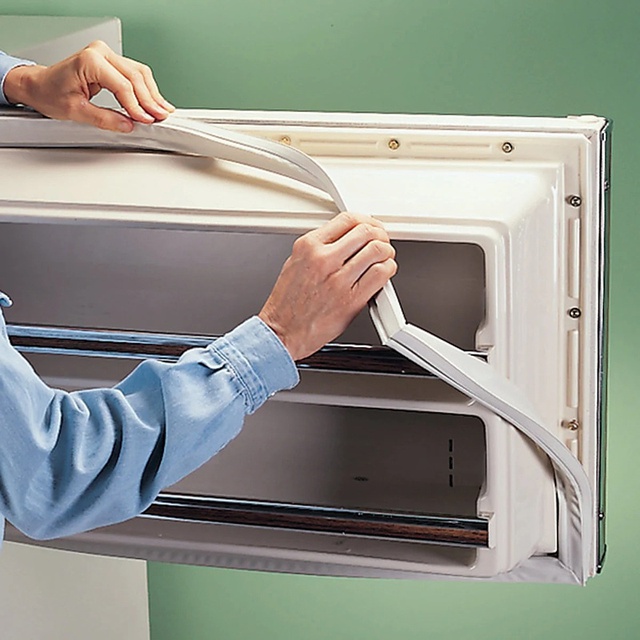
Illustration
3. Keep Door Openings Brief:
Limiting the amount of time the fridge door is open is essential to preventing cold air escape. Get what you need and close the door quickly. Modern fridges often have alerts to remind you if the door has been left open, so keep an eye (or ear) out for those helpful reminders.

Illustration
4. Adjust Temperature Settings:
Pay attention to the temperature settings of your fridge. If it’s not packed full of food, you can get away with a lower temperature setting. As a rule of thumb, use a low setting for half-full fridges, a medium setting for two-thirds full, and the highest setting only when your fridge is packed to the brim. Running your fridge at the highest setting all the time can shorten its lifespan and increase energy consumption.
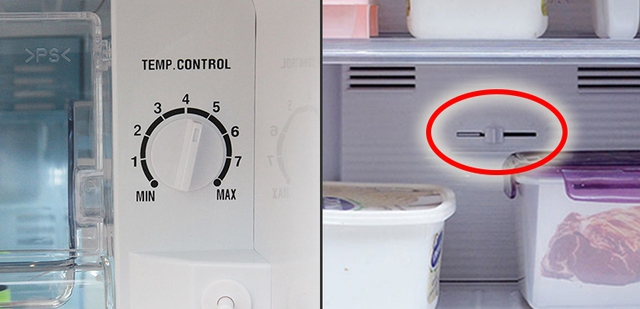
Illustration
5. Cover Your Food:
Covering your food before placing it in the fridge reduces odors and means your fridge doesn’t have to work as hard to remove them, saving energy in the process.
6. Avoid Putting Hot Food in the Fridge:
Allow hot food to cool down before placing it in the fridge. Putting hot food directly into the fridge increases the internal temperature, causing the appliance to work harder to cool it down, which uses more energy.
By following these simple tips, you can significantly reduce your refrigerator’s energy consumption and enjoy a more efficient and cost-effective cooling experience. Remember to regularly clean and maintain your fridge, and when purchasing a new one, opt for energy-efficient models with inverter technology and a capacity that suits your household’s needs.







